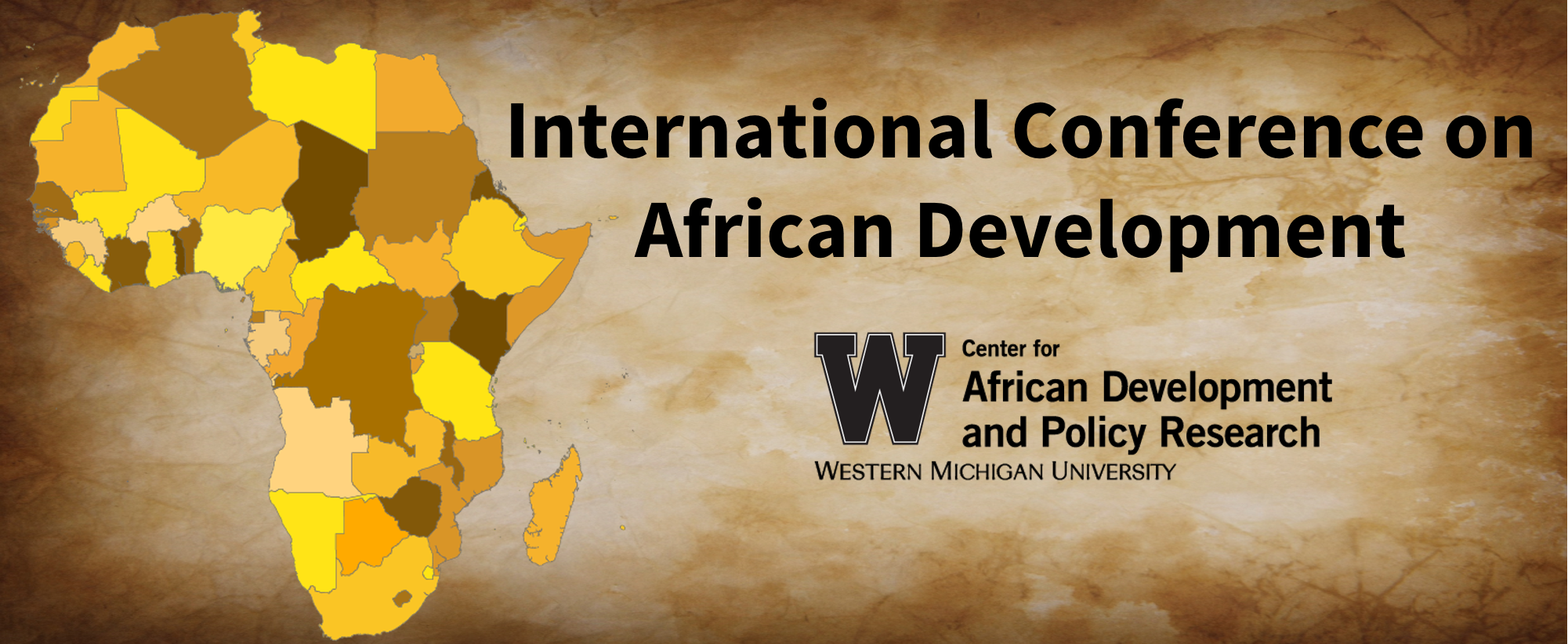5.1 Determinants of Youth (Un)Employment in Addis Ababa
Presenter's country
Ethiopia
Start Date
17-8-2018 3:30 PM
End Date
17-8-2018 4:30 PM
Location
Bernhard Center 105-107
Submission type
Presentation
Abstract
Informed by the Macro-Micro approach (Steiber, & Haas, 2012), this paper aims to examine the major determinants of youth (Un)employment in Addis Ababa, Ethiopia from a gender perspective. The study primarily uses quantitative data from the 2014 urban unemployment and employment survey conducted by the Ethiopian Central Statistical Authority. The study employs descriptive statistics and the multinomial logit model to analyze the quantitative data. Qualitative data generated using in-depth interviews and focus group discussions with selected youth in the city were also used to substantiate the quantitative results. Findings of the study reveal that different levels of factors - structural factors, household level factors, and individual level factors such as gender, migration status, educational status, and disability and marital status - significantly affect the youth employment status. In general, the study calls for the importance of adopting a holistic approach that gives emphasis to socio-cultural and institutional aspects to enhance economic productivity of the youth.
5.1 Determinants of Youth (Un)Employment in Addis Ababa
Bernhard Center 105-107
Informed by the Macro-Micro approach (Steiber, & Haas, 2012), this paper aims to examine the major determinants of youth (Un)employment in Addis Ababa, Ethiopia from a gender perspective. The study primarily uses quantitative data from the 2014 urban unemployment and employment survey conducted by the Ethiopian Central Statistical Authority. The study employs descriptive statistics and the multinomial logit model to analyze the quantitative data. Qualitative data generated using in-depth interviews and focus group discussions with selected youth in the city were also used to substantiate the quantitative results. Findings of the study reveal that different levels of factors - structural factors, household level factors, and individual level factors such as gender, migration status, educational status, and disability and marital status - significantly affect the youth employment status. In general, the study calls for the importance of adopting a holistic approach that gives emphasis to socio-cultural and institutional aspects to enhance economic productivity of the youth.


